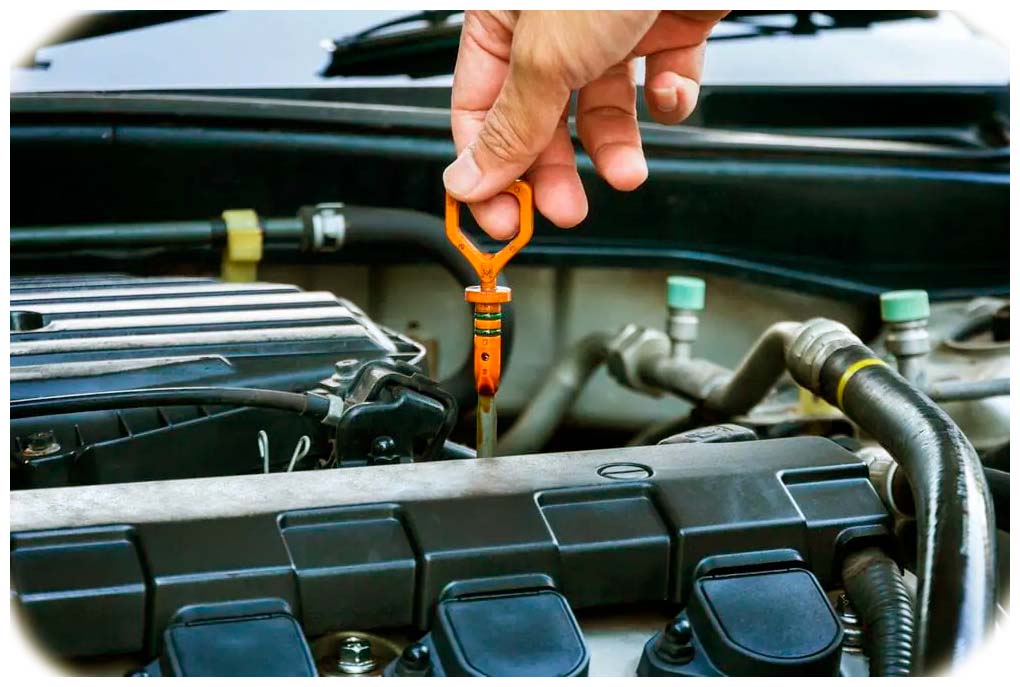An oil gauge is an important indicator of your vehicle’s engine health. It provides real-time information about how much oil pressure is being generated in the system and helps you determine when it’s time for an oil change. However, when the oil gauge starts to fluctuate, this can be a sign of a potential problem in the engine. In this article, we’ll discuss what causes a fluctuating oil gauge and how to fix it.
What Causes an Oil Gauge to Fluctuate?
There are several possible causes for a fluctuating oil gauge. One of the most common is electrical interference from other components in the engine or battery. This can cause false readings on the oil gauge, making it difficult to accurately read the level of your oil tank at any given time. Other potential causes include damaged wiring or faulty sensors in the system, which can lead to inaccurate readings on your dashboard display. Furthermore, Oil on Spark Plug Threads can be an underlying issue affecting oil pressure and, consequently, the readings on your oil gauge. Also read about how oil contamination on spark plug threads can indicate more severe problems like worn out piston rings, valve seals, or even head gasket failures, which can all cause fluctuations in your oil pressure readings.
How to Diagnose the Problem
If your oil gauge is fluctuating, it’s important to diagnose the problem quickly so you can get it fixed and prevent further damage. Here’s how to do it:
-
Check Oil Level: The first step is to check the oil level in your engine. If it’s too low, this could be the cause of your fluctuating gauge reading. You should also check for any signs of a potential leak in your engine as well as debris or sludge build up in the system.
-
Check for Oil Leaks: If there are no visible signs of a leak, you should then look for any potential leaks around the seals or gaskets around your oil tank. This could indicate that there’s an issue with one of these components that needs to be fixed before anything else can be done.
-
Oil Pump: The next step is to check if the oil pump is functioning properly. A faulty oil pump can cause fluctuations in pressure levels that will lead to incorrect readings on the gauge panel. You should also check if any blockages are preventing proper flow through the system or if any other components need replacing due to wear and tear over time.
-
Bad Sending Unit: Finally, the last potential issue is a bad sending unit. This is part of the system that transmits information about oil levels back to the dashboard. If this has become damaged or corroded, it can lead to incorrect readings on your oil gauge.
Possible Fixes for a Fluctuating Oil Gauge
Once you’ve identified the cause of your fluctuating oil gauge, you can begin to take steps to fix it. Depending on what’s causing the problem, this could include replacing worn-out parts such as seals and gaskets or changing out a faulty oil pump. In some cases, electrical interference may be the culprit in which case you may need to consult with a professional auto electrician for help resolving the issue.
Conclusion
If your car’s oil gauge is fluctuating, it could be due to a number of issues ranging from electrical interference to damaged components in your engine or battery system. It’s important to correctly diagnose the problem before attempting any repairs so that you can get an accurate reading on your dashboard display again. Once you’ve identified the cause of the issue and replaced any necessary components, you should find that your car runs much more smoothly and efficiently than before!



Add Comment